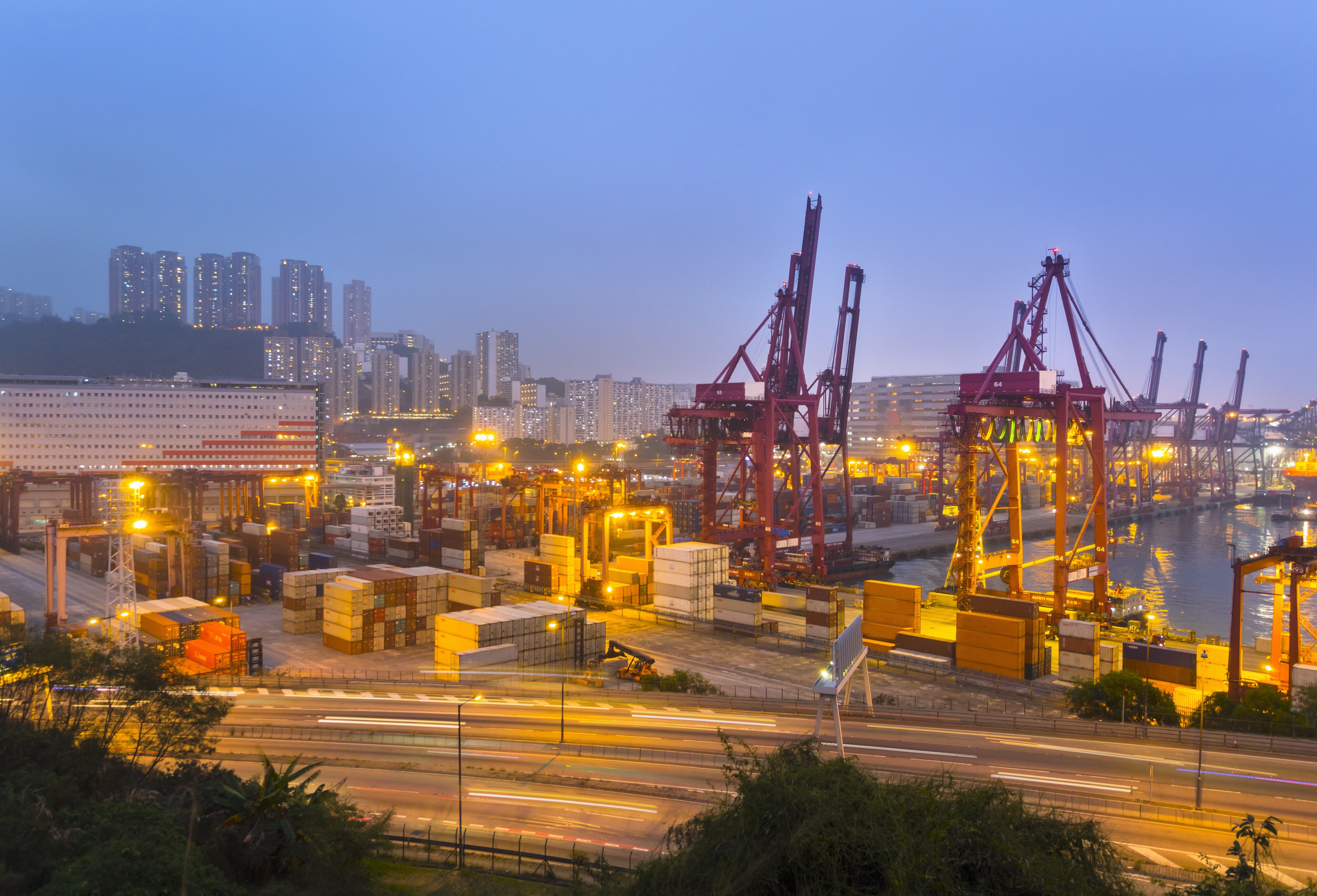

As of mid-July 2025, China’s bauxite supply chain stands at a crossroads, flush with incoming cargo but showing signs of lagging shipments. The latest Mysteel survey, dated July 11, 2025, paints a contrasting picture of China’s bauxite trade dynamics, revealing a week-on-week increase in seaborne cargo volume, even as actual shipments to Chinese ports dropped dramatically. The story here is not just about numbers; it’s about timing, trade strategies, and potential implications for the aluminium supply chain. The latest survey captures this divergence vividly: while seaborne cargo volumes surged past 16.38 million tonnes, the volume of shipments received at Chinese ports plunged by over 1 million tonnes week-on-week.
 Image for representational purposes only
Image for representational purposes only
Seaborne volumes climb, driven by Guinea
The total seaborne bauxite cargo volume bound for China reached 16.38 million tonnes, a sharp week-on-week increase of 982,600 tonnes. Unsurprisingly, Guinea was the primary driver, contributing 14.97 million tonnes, up a hefty 1.19 million tonnes from the previous week. Guinea's consistent dominance reaffirms its irreplaceable role in feeding China’s alumina refineries, despite the political overhang and export uncertainty that continue to loom over the West African supplier.
In contrast, Australia’s seaborne cargoes dropped to 1.41 million tonnes, down by 211,400 tonnes week-on-week. Australia’s export performance has been trending downward in 2025 due to increased mining costs and competitive disadvantages against West African players who offer higher-grade bauxite at lower landed prices.
 Events
Events
 e-Magazines
e-Magazines
 Reports
Reports
Responses








